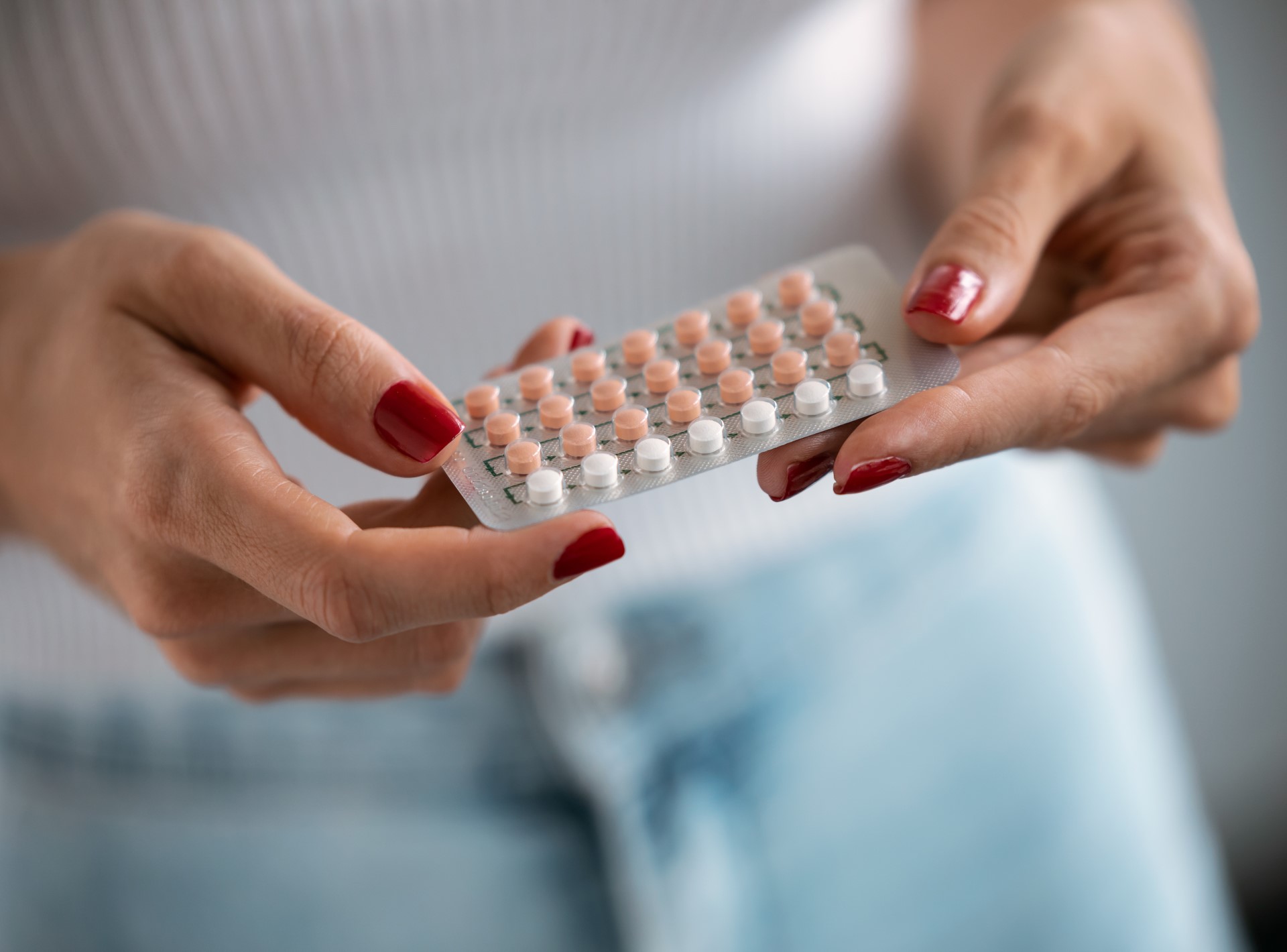 A new study has suggested that the dose of hormones in common contraceptives such as ‘the pill’ could be reduced by as much as 92% and still be effective.
A new study has suggested that the dose of hormones in common contraceptives such as ‘the pill’ could be reduced by as much as 92% and still be effective.
The study, published 14 April 2023 in PLOS Computational Biology, used data on hormone levels in 23 women, aged 20 to 34, with normal menstrual cycles to develop a computer model to investigate how the body’s natural hormones interacted with those taken in contraceptives.
The model provided evidence that it was possible to reduce the total dose by 43% in progesterone-only contraceptives, 92% in oestrogen-only contraceptives, and even further in contraceptives using a combination of each hormone.
The findings also suggested that contraceptive hormones could be effectively administered during certain phases of the menstrual cycle rather than at steady, constant doses.
Phd candidate, Ms Brenda Gavina, from the University of the Philippines explained that anovulation was an effective contraceptive, yet the large doses of exogenous hormones used to attain this state have been associated with adverse effects, such as increased risk for thrombosis and myocardial infarction.
“Hormonal contraceptives composed of exogenous estrogen and/or progesterone are commonly administered artificial means of birth control. Yet despite the many benefits, adverse side effects… still cause hesitation that impacts their use,” Ms Gavina said.
“Our simulations showed that it was most effective to deliver the estrogen contraceptive in the mid follicular phase. In addition, we illustrated that combination therapy significantly lowered doses further.
“These results may give clinicians insights into optimal dosing formulations and schedules of therapy that can suppress ovulation.”
Independent of the administration method, most hormonal contraceptives including exogenous progesterone and/or estrogen act by blocking ovulation, changing cervical mucus – which hinders sperm transport – and/or modifying the endometrium to prevent implantation.
During a normal menstrual cycle, progesterone is produced by the corpus luteum after ovulation, with levels staying below 2ng/mL during the follicular phase before peaking seven to eight days after ovulation.
Accordingly, a low concentration of this hormone in the luteal phase indicates anovulation or defective luteinization and the menstrual cycle is classified as anovulatory if progesterone concentration remains below 5 ng/mL without an LH peak.
Due to progesterone’s suppression of follicular development and gonadotropin secretion, the lack of follicle growth results in an inadequate amount of oestradiol, inhibiting the LH surge. The estrogen component suppresses FSH secretion, blocking folliculogenesis and stabilizing the endometrium, which minimizes bleeding.
“In fact, disruption at any level of the hypothalamic-pituitary-gonadal axis can result in anovulation,” Ms Gavina explained.
“Estrogen or progesterone alone can cause contraception via anovulation, but the combined administration of both hormones significantly enhances effectiveness.”
Interestingly, aside from the contraceptive benefit, suppression of ovulation can reduce anterior cruciate ligament (ACL) injury, and the study also suggested that women using oral contraceptives had an almost 20% decreased risk for ACL injury, with the likelihood significantly increased during the ovulatory phase.

